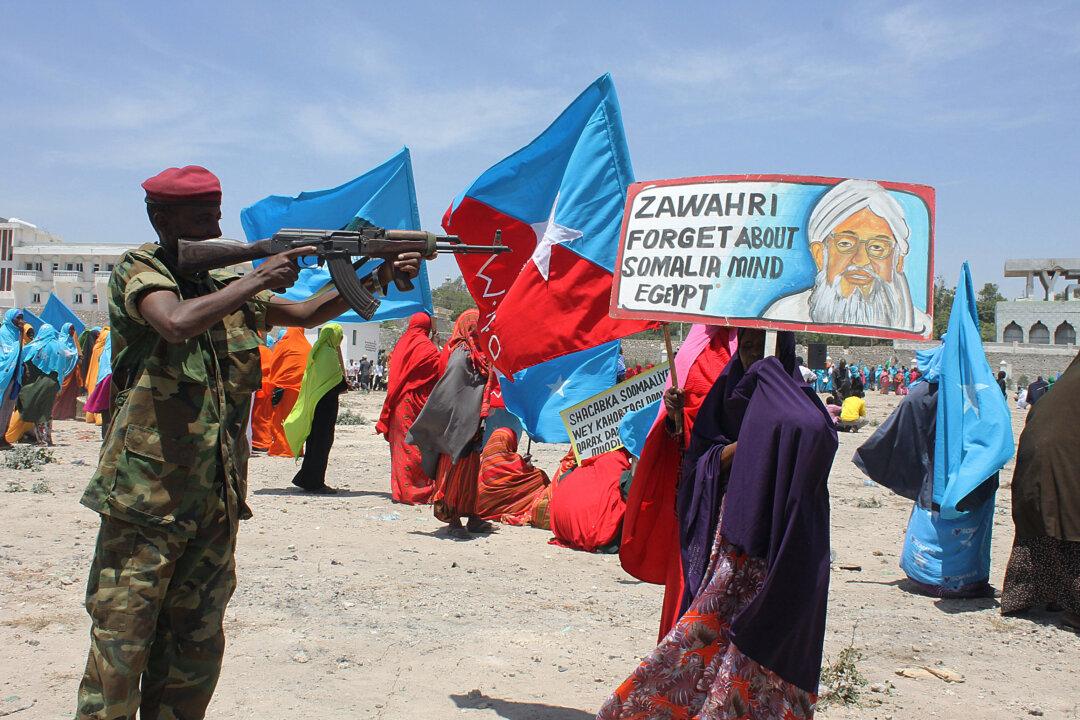The killing of Al-Qa'eda leader Ayman al-Zawahiri in Afghanistan by a U.S. drone earlier this month provides significant clues about Iran’s terrorist links with Afghanistan, according to Clare M. Lopez, a 9/11 expert witness and a former career operations officer with the CIA who coauthored an exhibit in the case.
Lopez has also cautioned that the Jihadi terrorists are regrouping in Afghanistan under the Taliban the way they did before 9/11.





